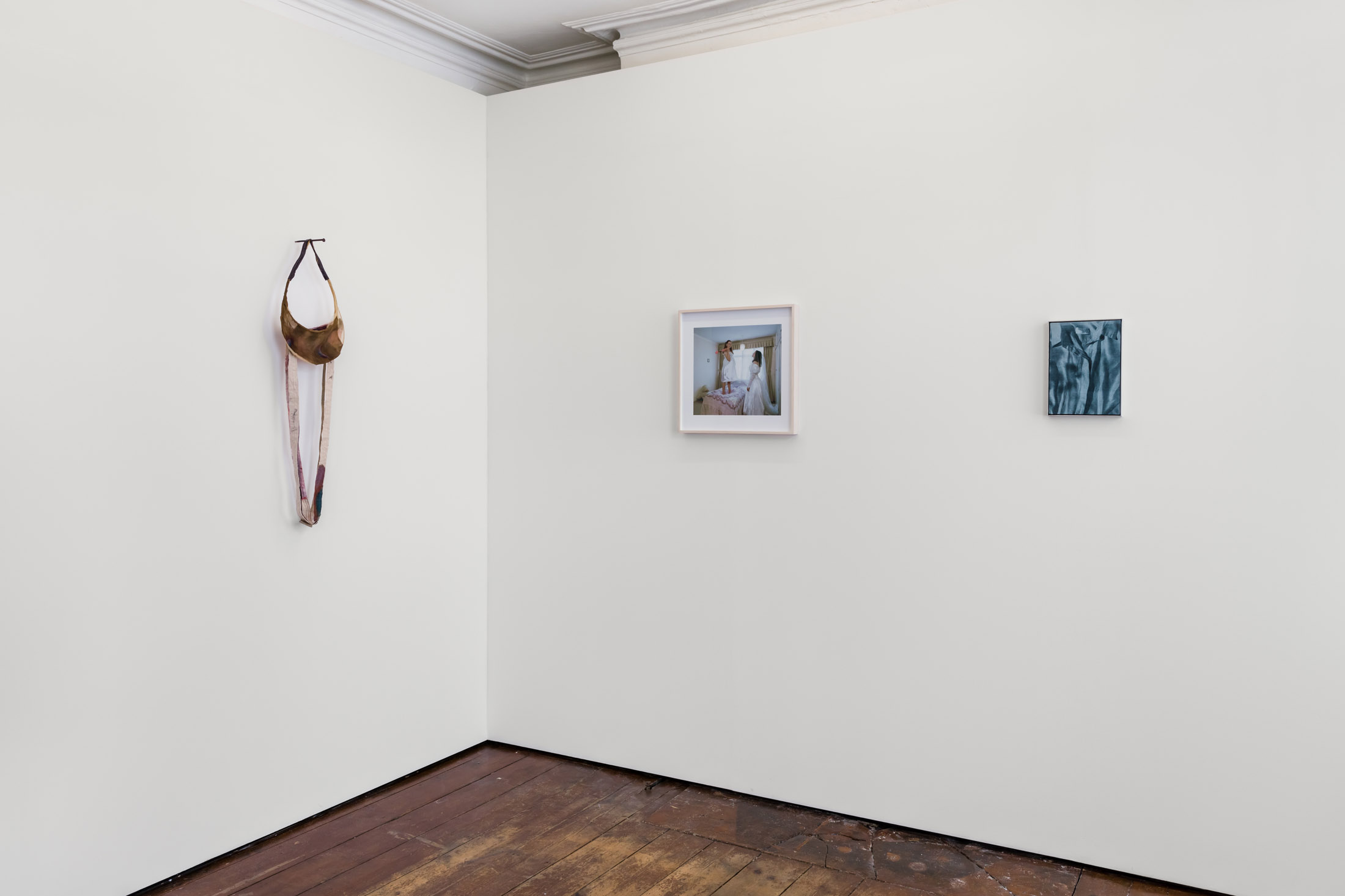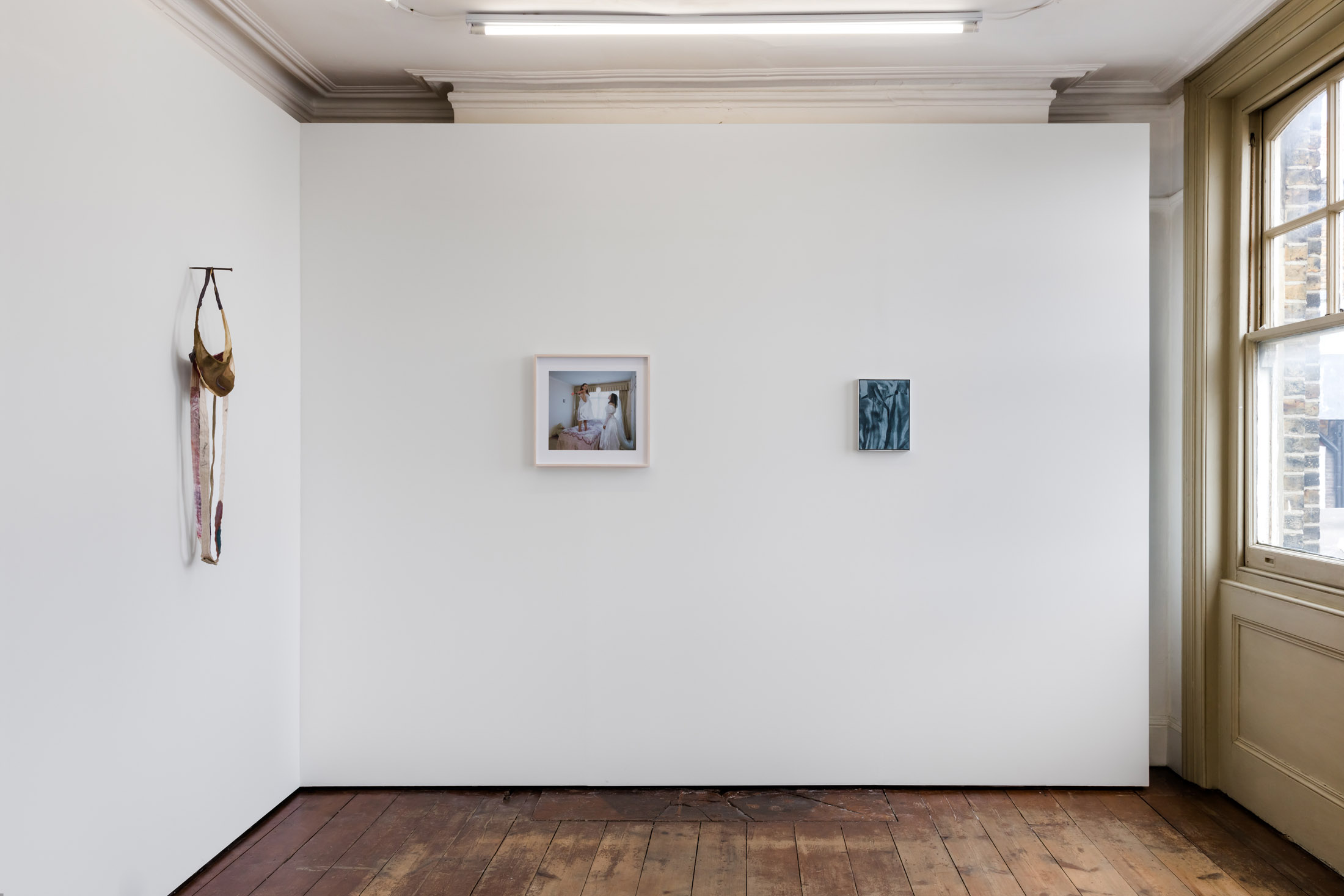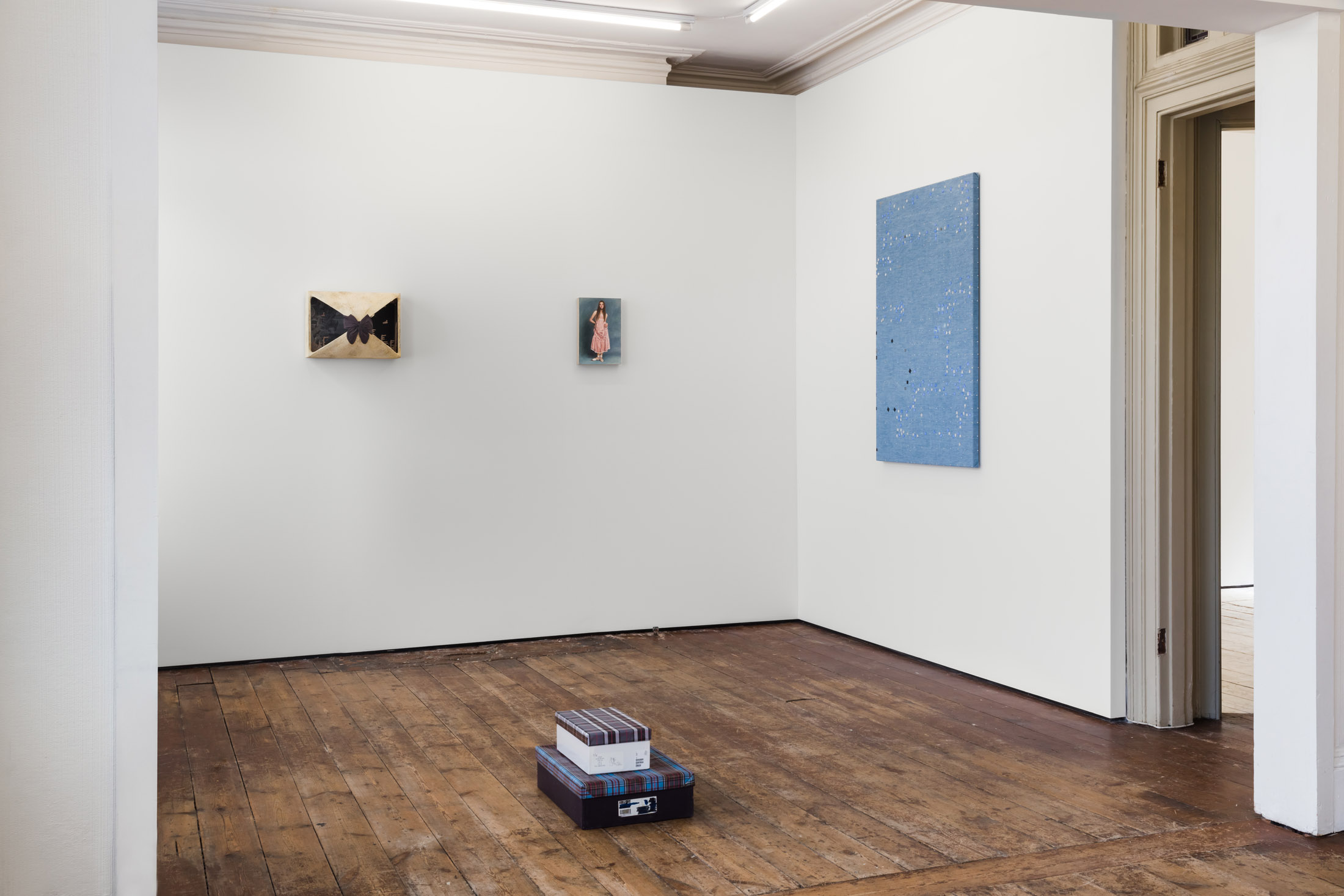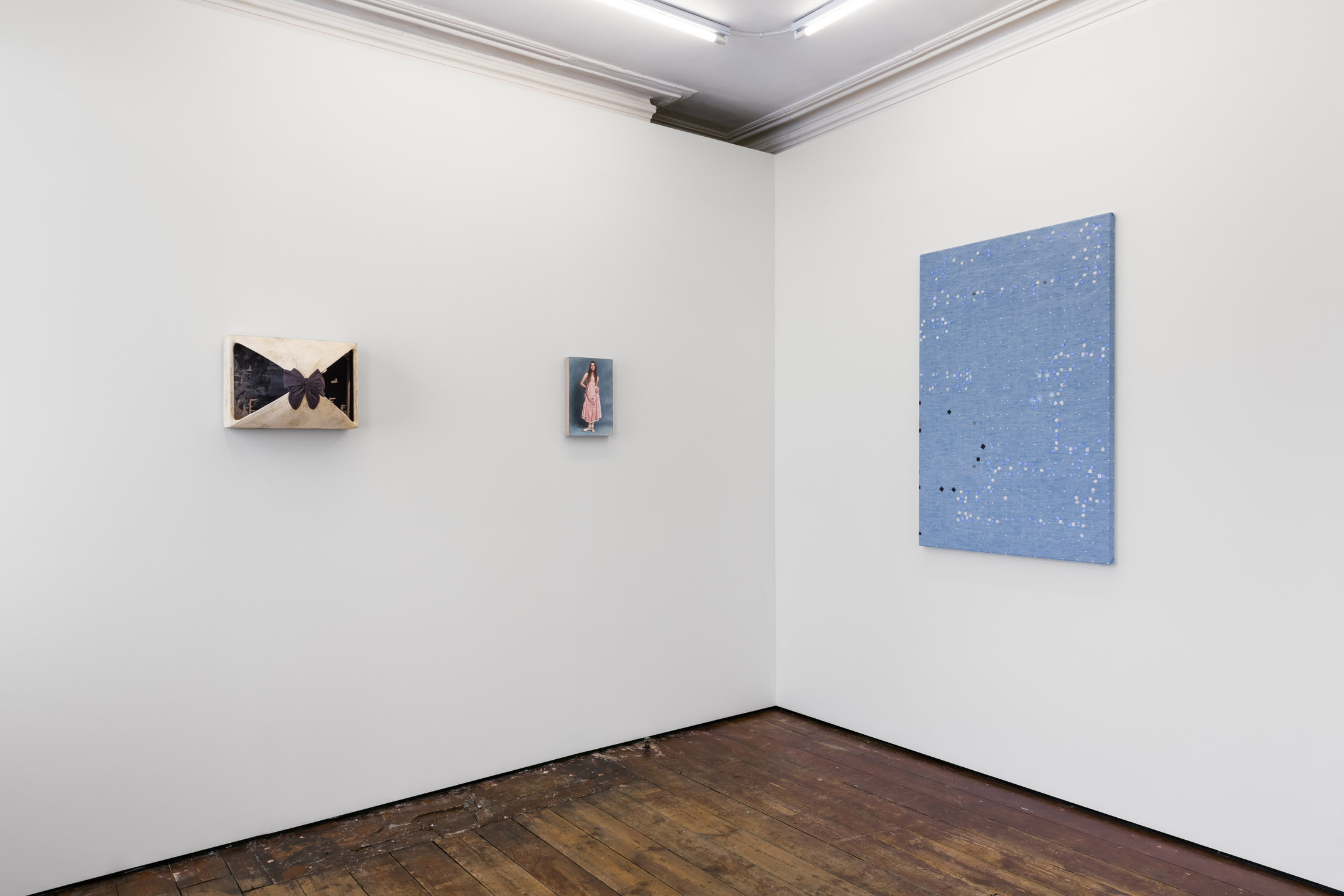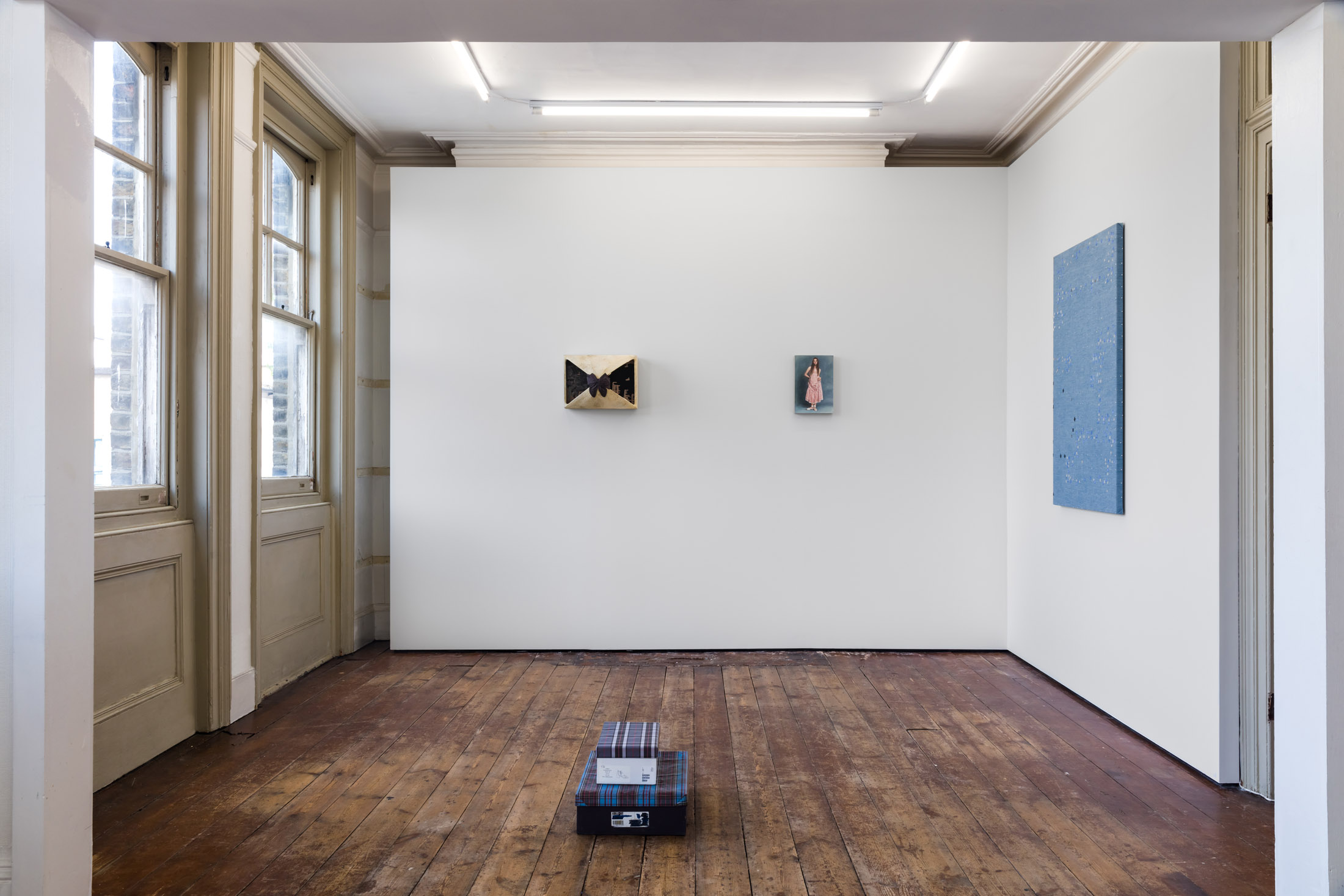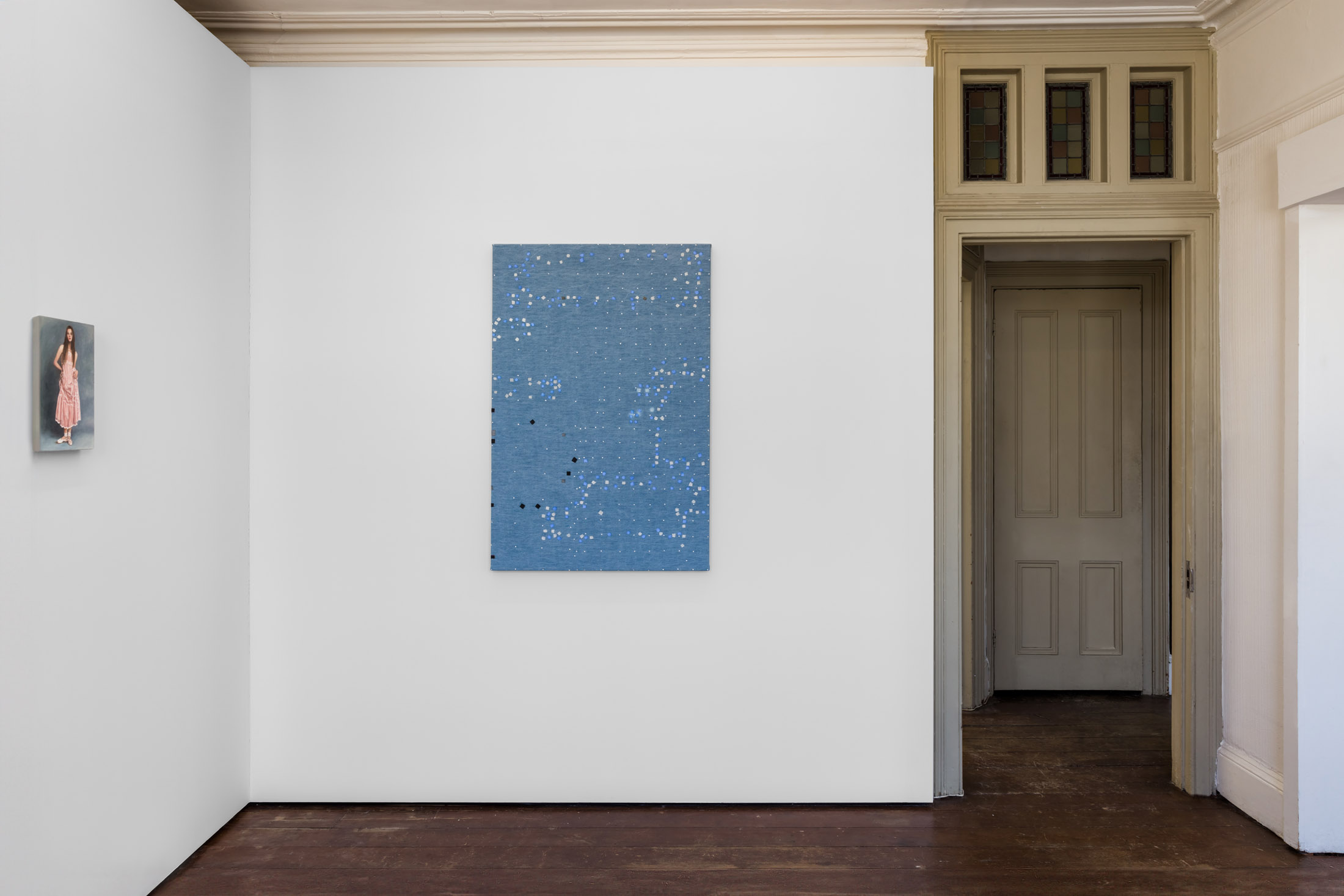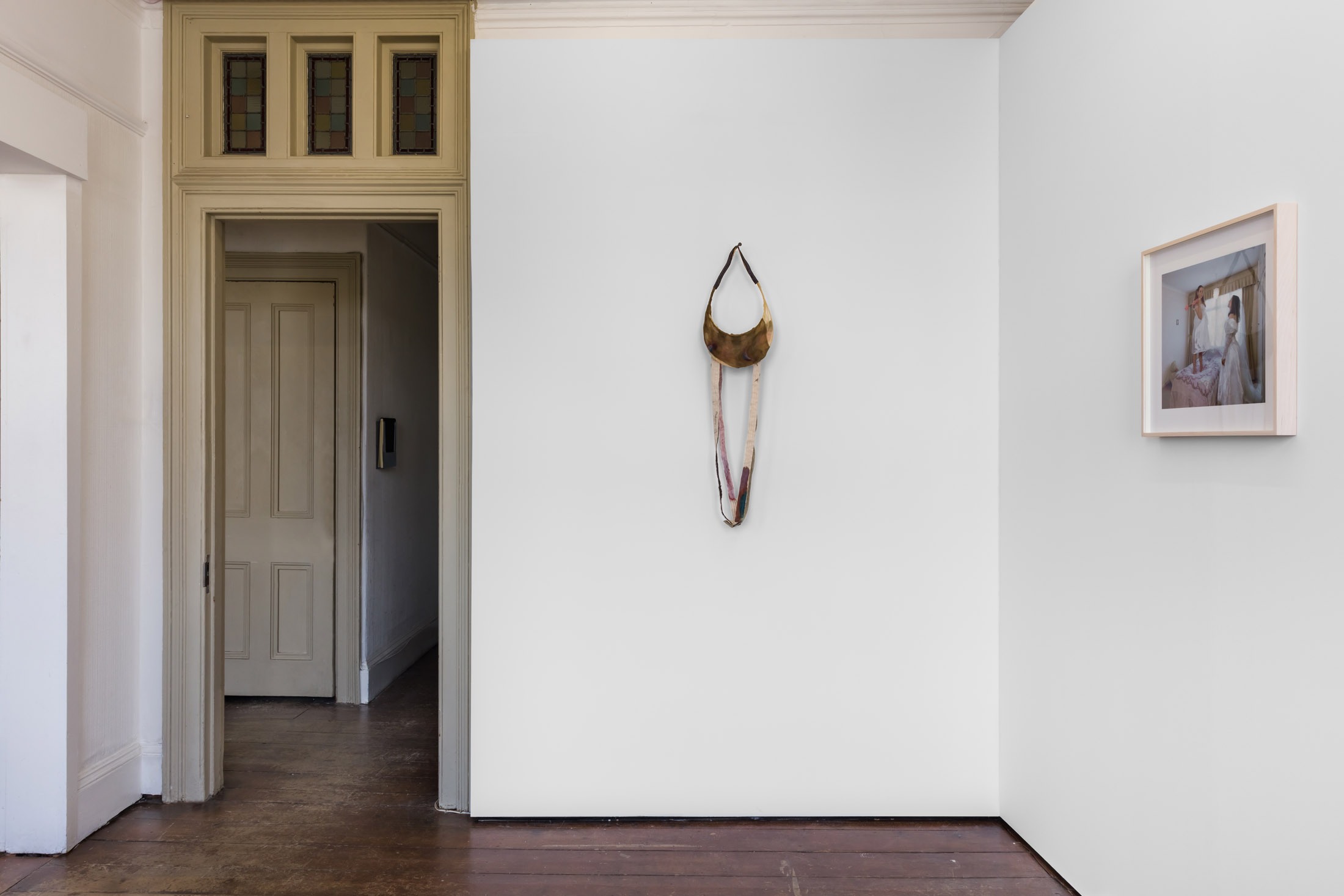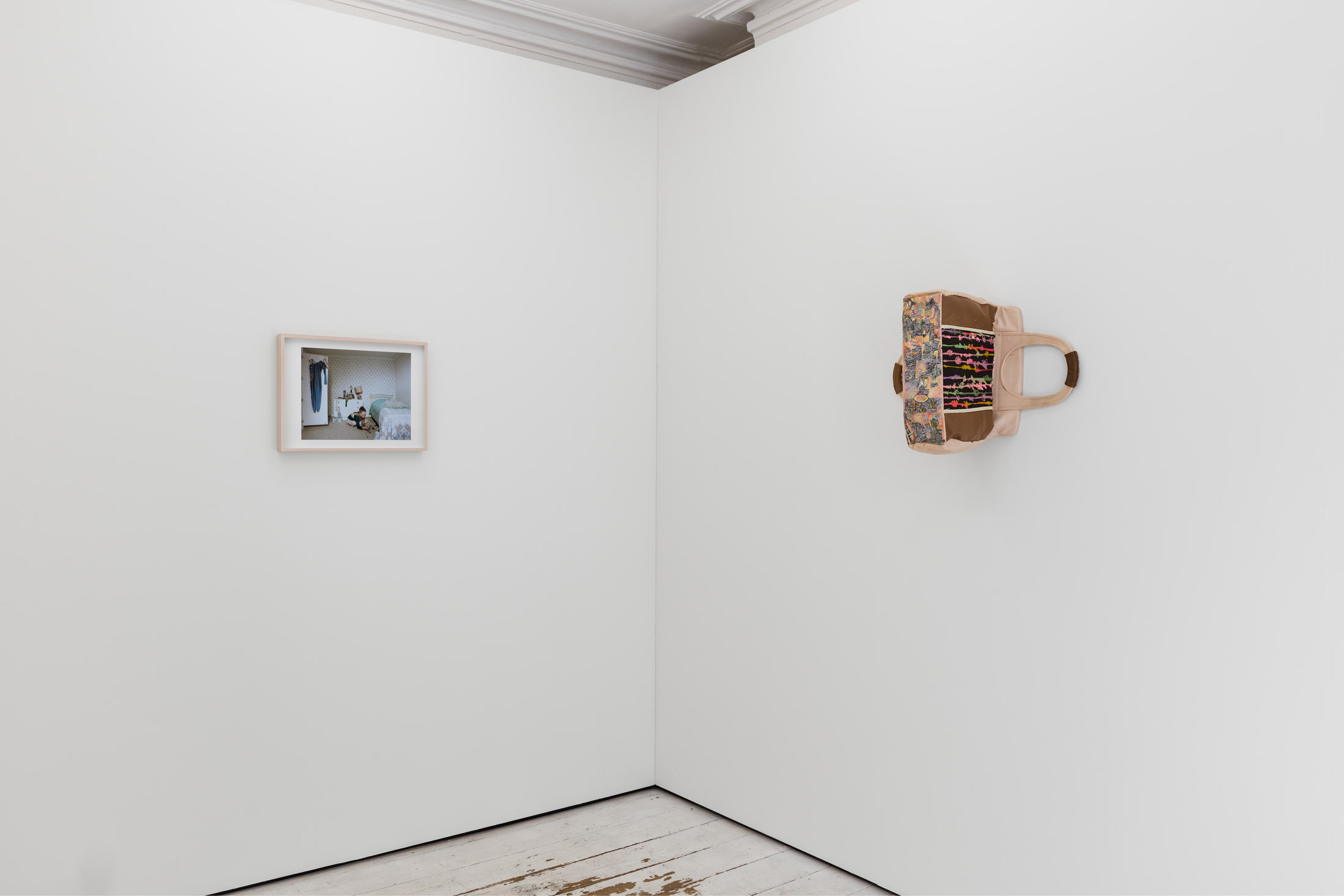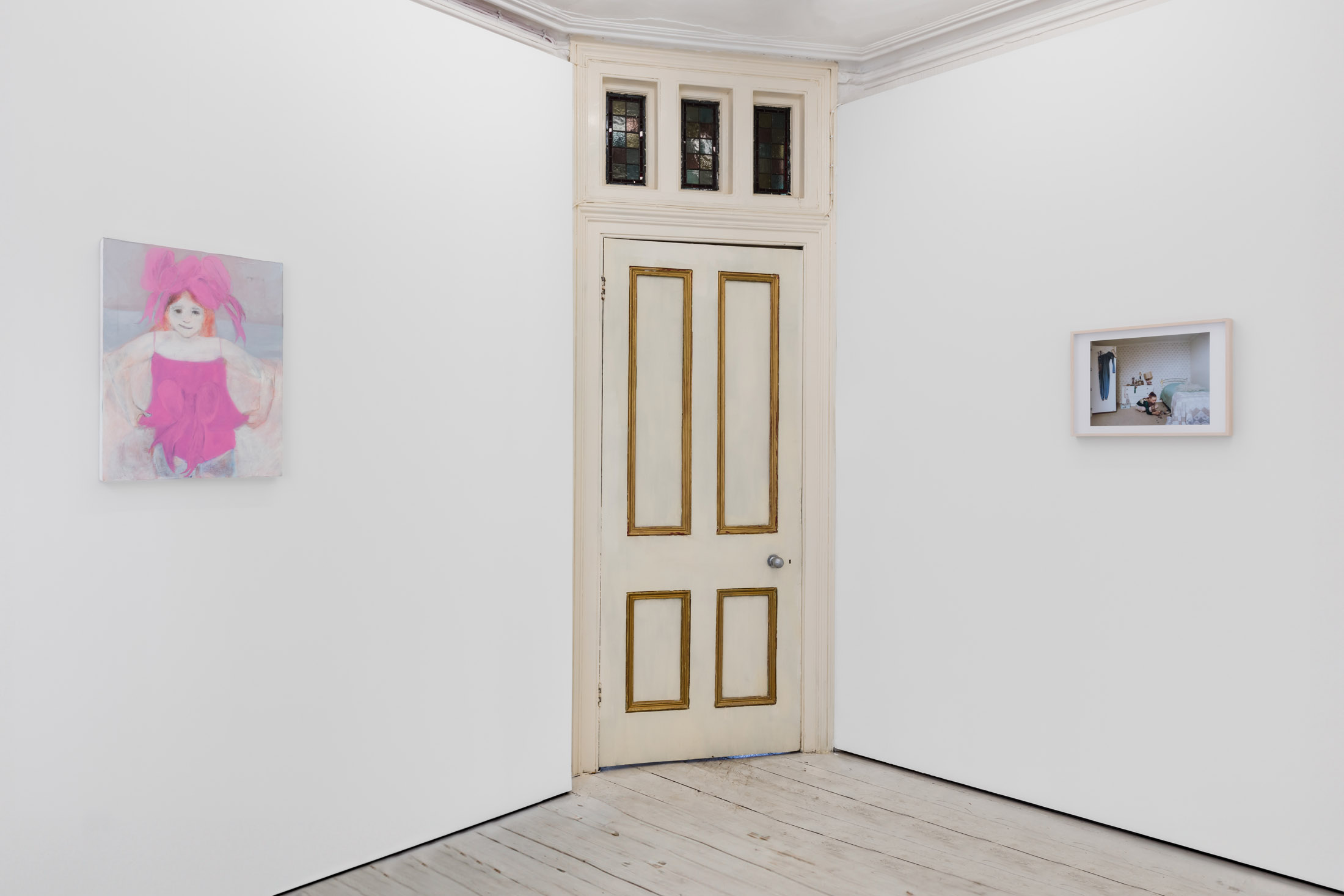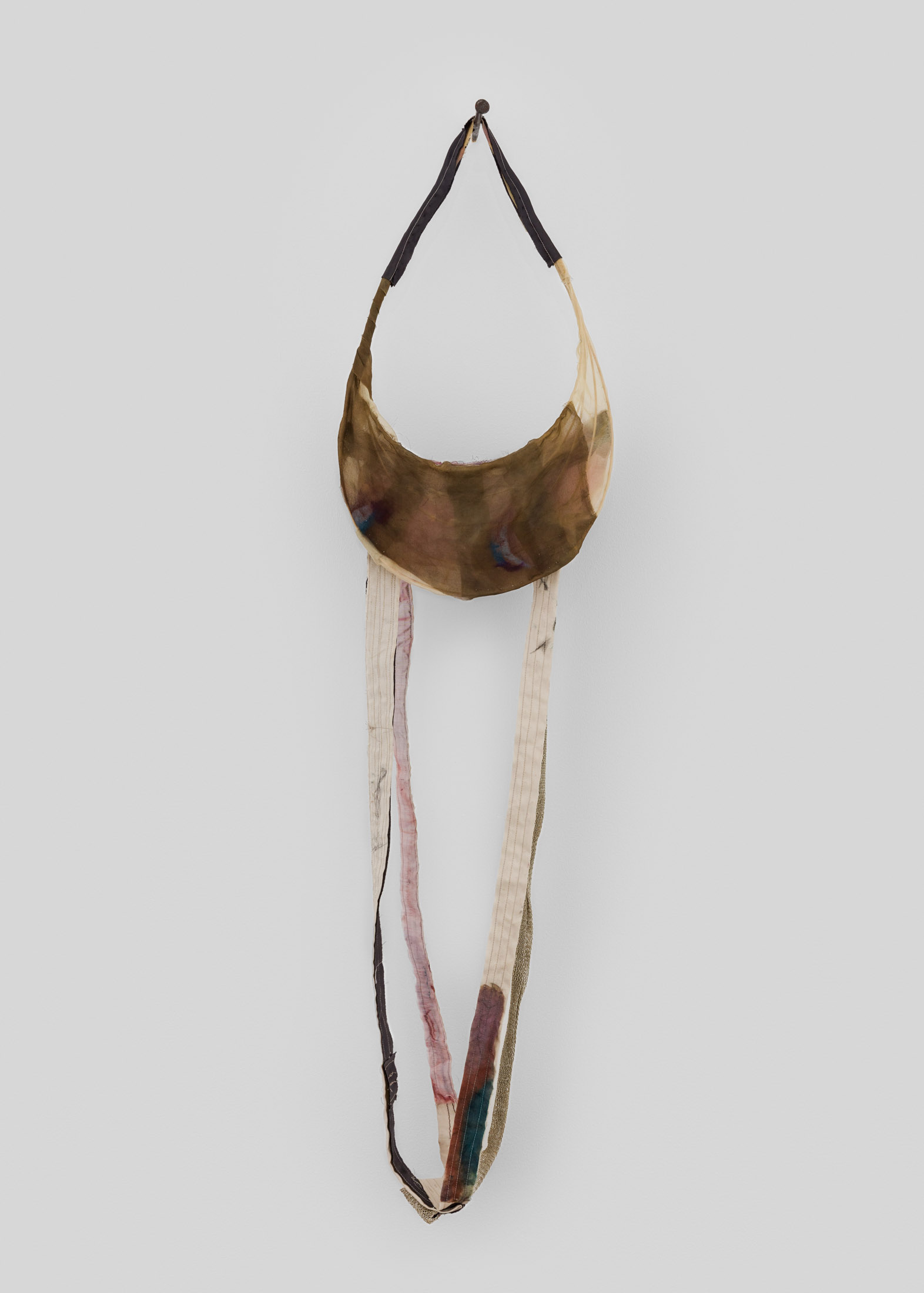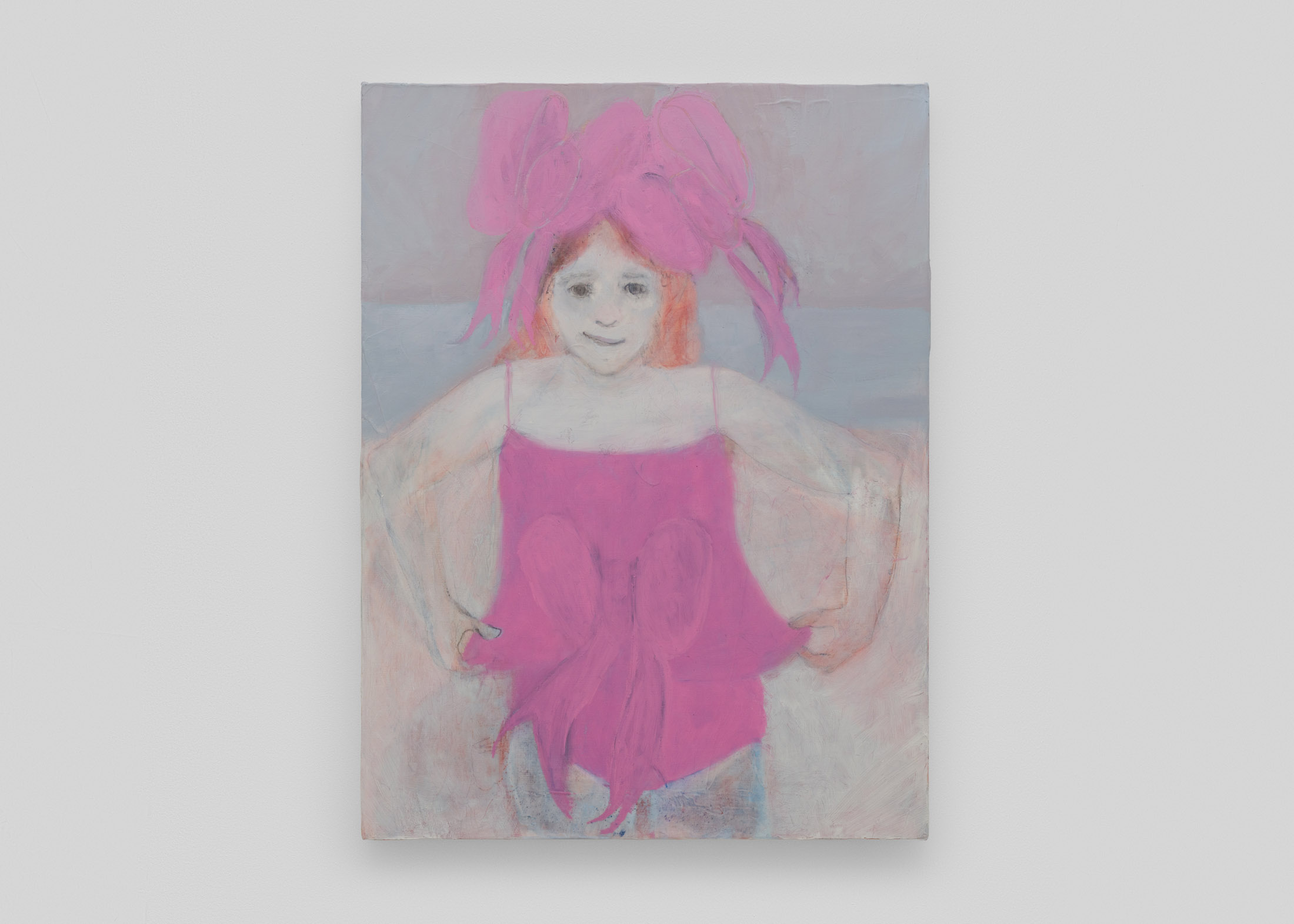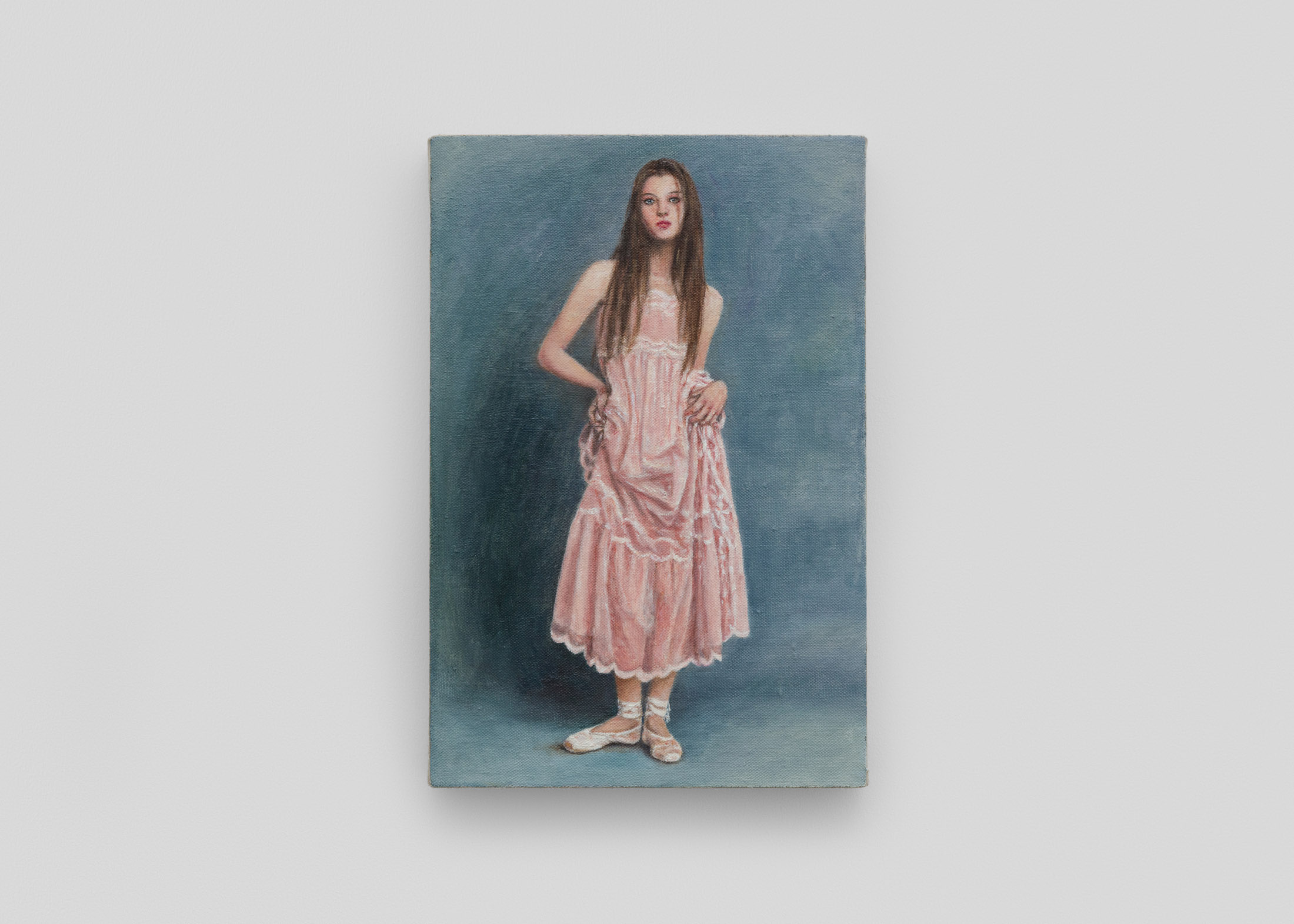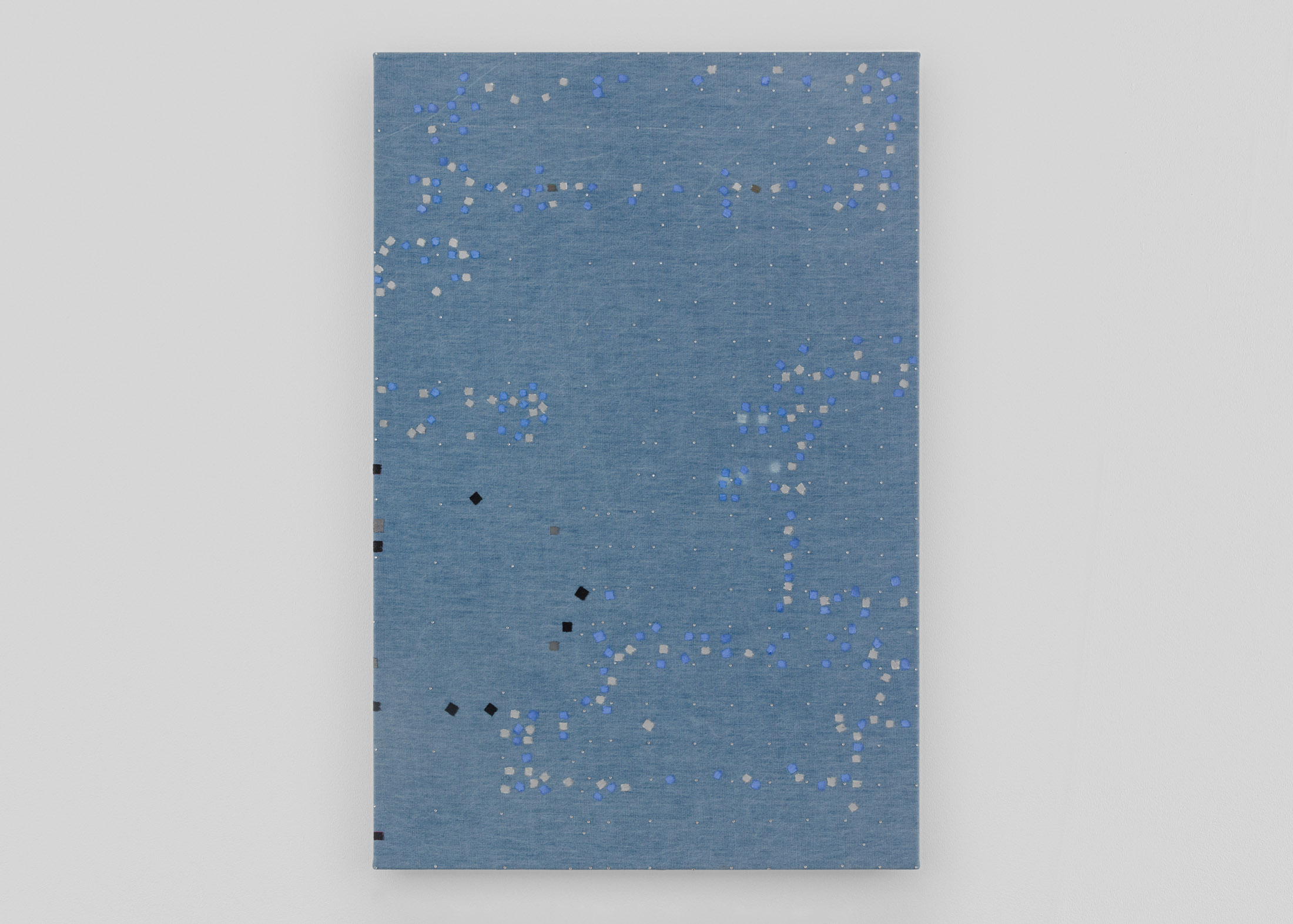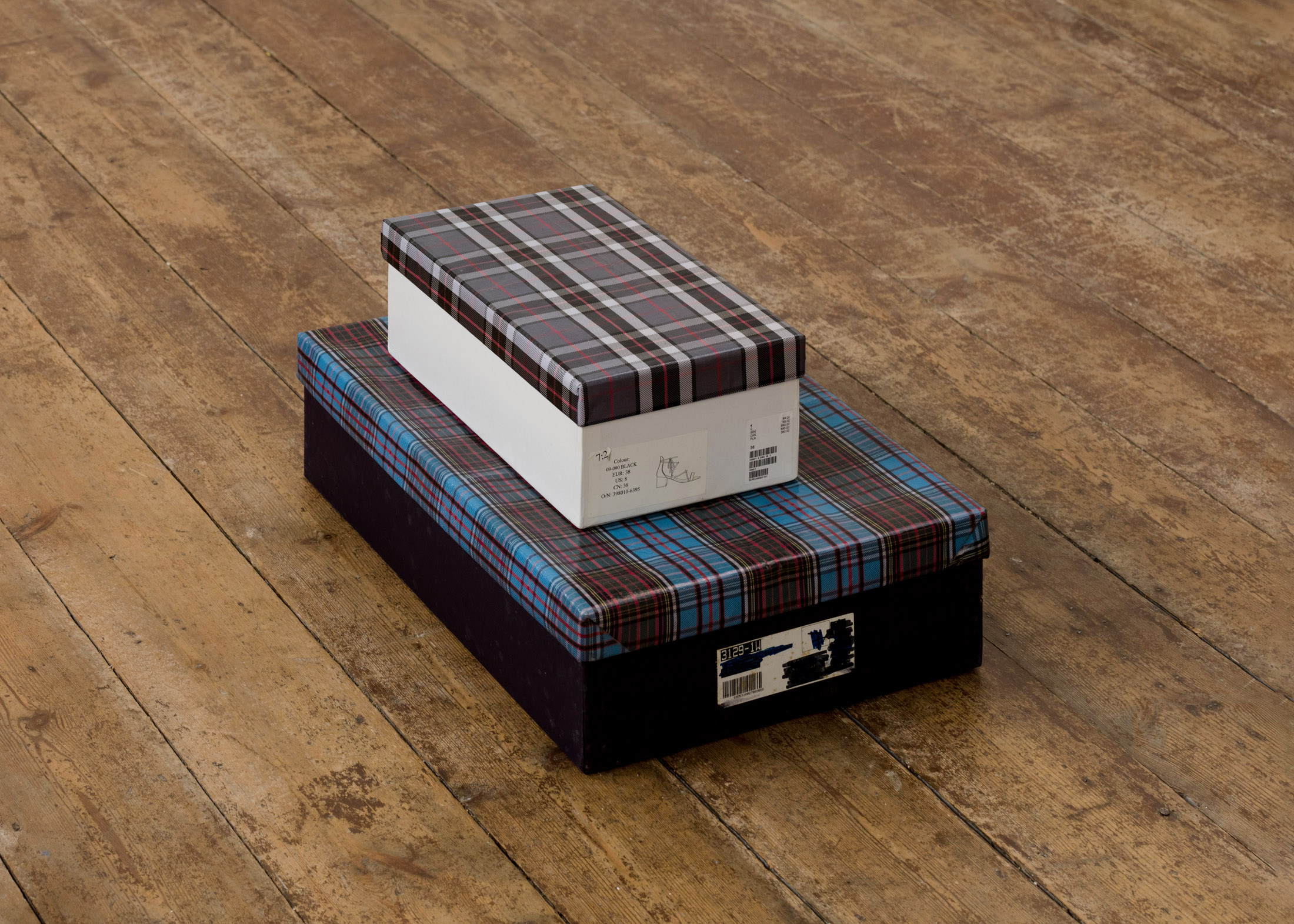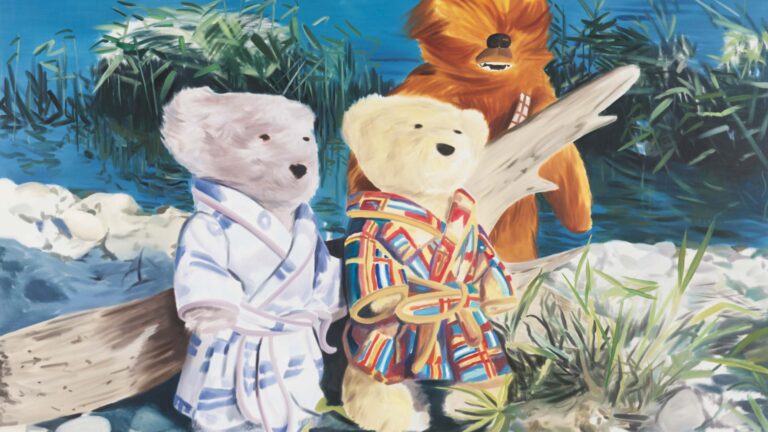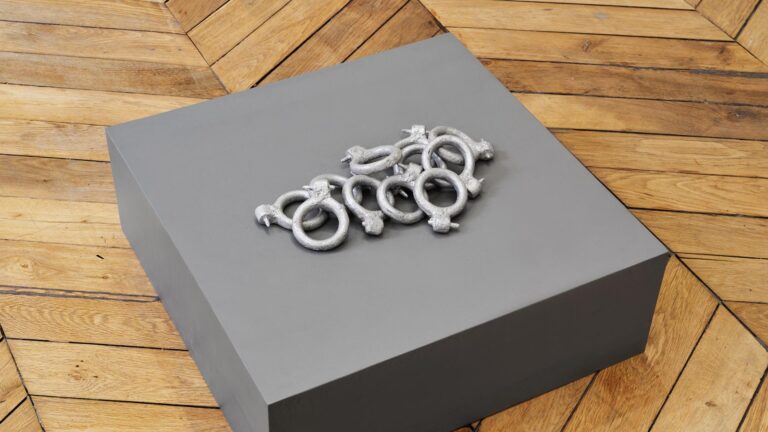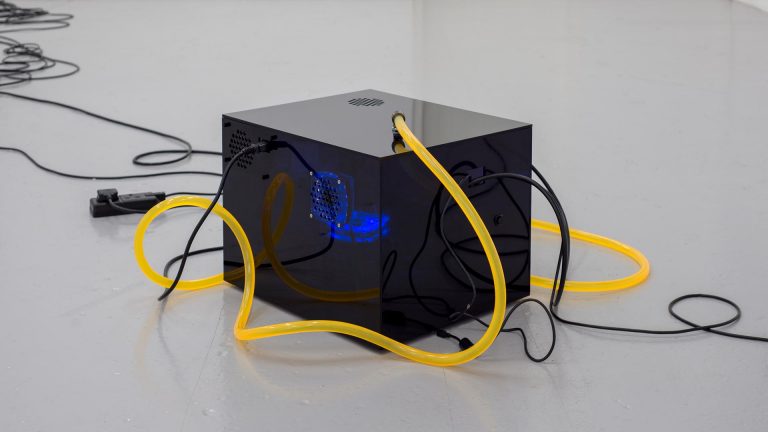Artists: Antonia Brown, Clémence de La Tour du Pin, Nicola Gunnarsson, Poppy Jones, Carina Kehlet Schou, Valerie Kong, Michelle Rawlings, Emma Schwartz, Amy Stober
Exhibition title: The Artificial Silk Girl
Venue: Brunette Coleman, London, UK
Date: June 16 – July 21, 2023
Photography: Jack Elliot Edwards / all images courtesy of the artists and Brunette Coleman, London
Dear Madam:
Once I stole your fur coat. Naturally, you will be mad at me. Did you love it a lot? I’ll have you know, I love it a lot. There were times where it lifted me up and made me a high-society woman and a stage and the beginning of a star. And then there were times when I loved it just because it’s soft and feels like a human being all over my skin. And it’s gentle and kind. But I also had problems because of it, you better believe it. And I almost went as far as turning tricks, which is something a decent girl who wants to maintain her reputation shouldn’t do. I want to return the fur coat to you. It’s in perfect condition. I’ve always taken it off beforehand. My friend Tilli also treated it with great care. I want to believe now that you should not steal because of order and what have you. If I knew your face and I liked it, I wouldn’t have done this to you or at least I would have felt sorry for it. It’s only because of order and my papers and because of the sacrifice I have to make, and because I want to be taken and out of love. Perhaps you have other fur coats, even an ermine one. It’s always the wrong ones who get everything. Please be good to my fur coat – please make sure it doesn’t suffer when you sulphur it. And I can tell you that a thousand fur coats could rain down on me, because anything is possible for me, but I would never love another coat the same way I loved this one.
Sincerely yours, Doris
– Excerpt from ‘The Artificial Silk Girl’, Irmgard Keun, 1932
Taken from the 1932 novel of the same name, The Artificial Silk Girl considers our relationship to material objects. As companions to our everyday lives, material objects have the ability to preserve traces of history through their seams and fibres – offering a unique imprint of their owner. Many of the works in this exhibition reflect on the role clothing plays in the formation of our identities and memories: some reimagining materials through the context of childhood or nostalgia, others through advertising or fantasy.
Materials are susceptible to the touch and physicality of the wearer, moulding to our bodies and needs: denim loosens through activity and movement, velvet notices every fingerprint, silk clings the outline of each limb. While we mark our clothes through use and wear, they mark us in response – a tight fit can leave indentations against our skin, or tint us with its dye.
The poetic tendency for materials to retain our posture, shape and habits allows us to project sentimental value onto these objects. The image of clothing without people is often associated with absence, or nostalgia. Hanging limply on a coat stand, they serve as relics of their past owners, to be preserved and cherished – their scent, stains and loose threads all revealing a personal history of a life once lived.
At once vignettes into the past, material objects can simultaneously transport us into the future: holding the promise of transformation. In a culture of newness, we are constantly encouraged to acquire more, with the mindset that objects will fulfil and expand who we are. We get closer to that fantasy with every new purchase, and every addition to our growing assortment of material possessions.



